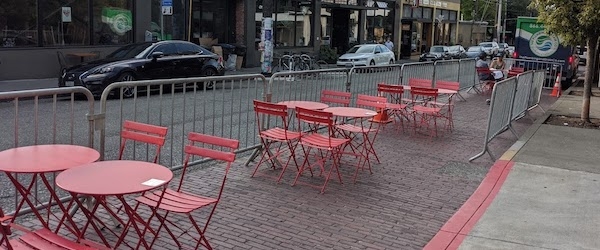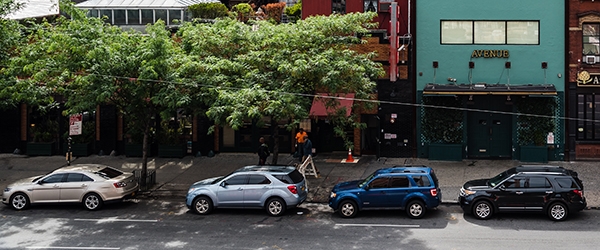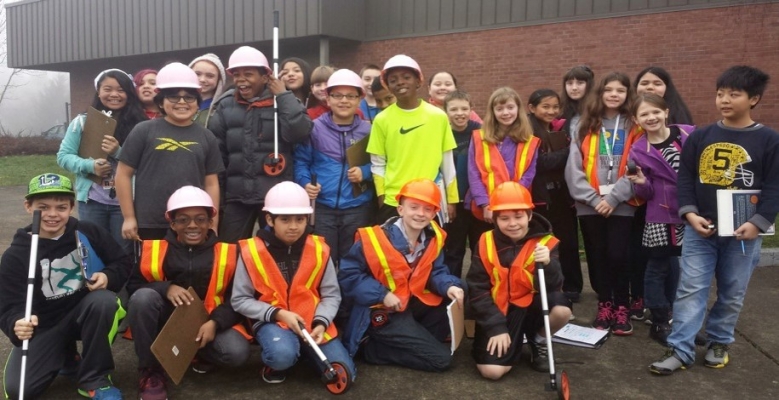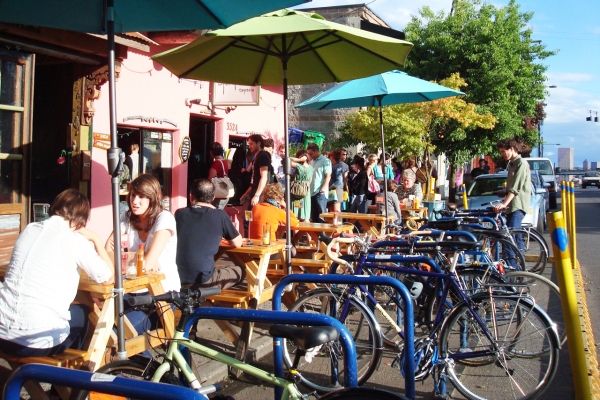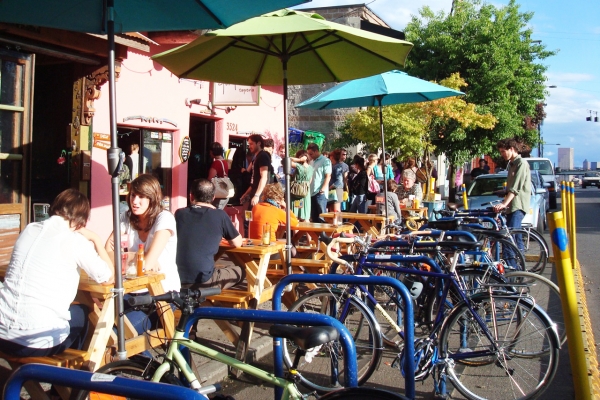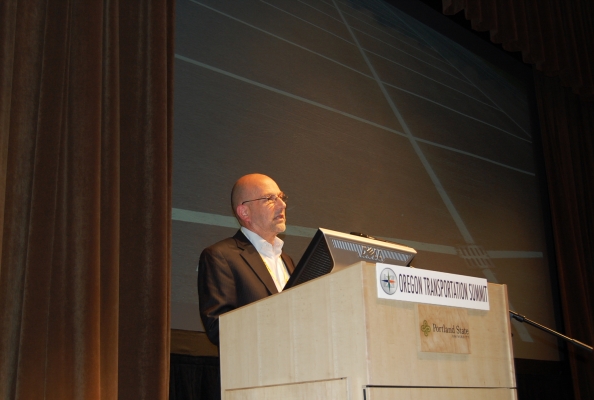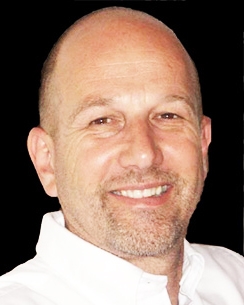Some people go to great lengths searching for parking, but perhaps none more so than Eran Ben-Joseph. Ben-Joseph, head of the Joint Program in City Design and Development at the Massachusetts Institute of Technology, had a different mission than most: find a well-designed lot to highlight in his site-planning course.
“Students always ask, ‘Can you show us some good parking lots?’” Ben-Joseph said. “And it was mind-boggling how you just couldn’t find enough.”
Ben-Joseph’s search led to his latest book, “ReThinking a Lot: The Design and Culture of Parking.” Ben-Joseph details his exploration of parking Sept. 10 as the keynote speaker of the Oregon Transportation Summit.
Some parking lots are well vegetated or handle runoff well, Ben-Joseph said. But few stand up as well-planned, well-designed case studies. In part, he said, you get what you ask for. And communities haven’t held lots to comparable standards as buildings or roads.
“From a regulation standpoint, I found that in most cases, the code is very minimal,” Ben-Joseph said. “It might say, ‘You need one tree for every five cars, enter here, exit here,’ but not how to lay it out.”
Parking lots make an easy target, Ben-Joseph said. But he didn’t set out to attack them any more than to defend them.
“Parking is as much of a hot potato as...
Read more
